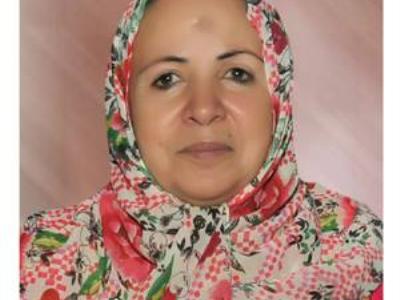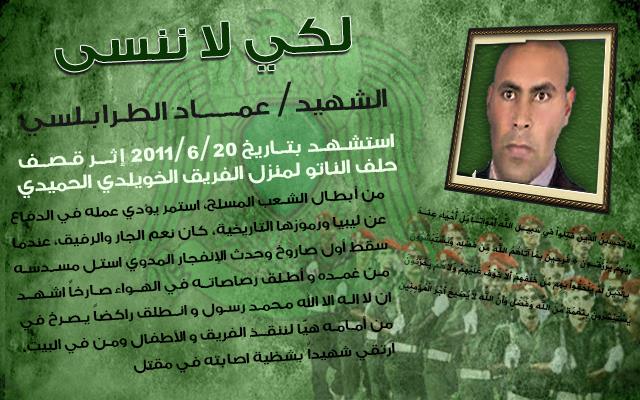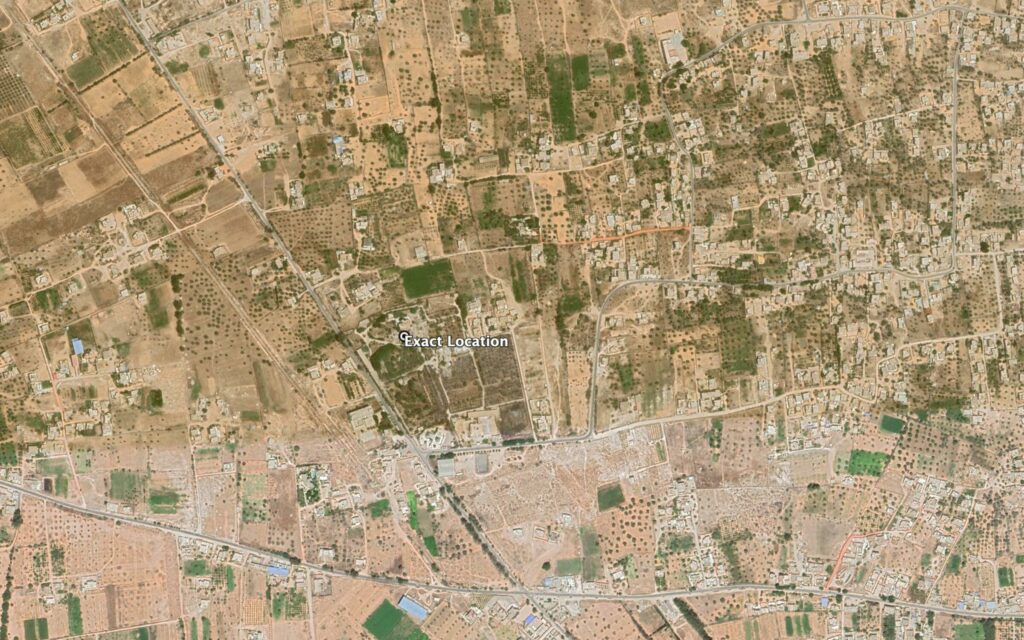Incident Code
Incident Code
Incident Date
Location
Geolocation
Geolocation
Airwars Assessment
(Previous Incident Code: LN023)
Between 13 and 19 civilians were reportedly killed in a NATO airstrike on Surman.
The New York Times published a detailed report of the event: “The Qaddafi government used the strike for propaganda purposes. It claimed as many as 19 civilians were killed and put up portraits of the victims across Tripoli. Khaled offered a slightly different count, saying 13 civilians were killed and six wounded. Among the dead, he said, were his wife, two children and one of his nieces. Local anti-Qaddafi guards, who had no sympathy for the Hamedis, corroborated those deaths and said members of their families had seen the children’s bodies immediately after the attack. The other deaths could not be confirmed, in part because the victims and the family were scattered by the war.”
Human Rights Watch investigated the incident on the ground: “In the early morning of June 20, 2011, NATO air strikes hit the large, walled farm of a former member of Gaddafi’s Revolutionary Council, Maj. Gen. el-Khweldi el-Hamedi, in the town of Sorman 70 kilometers west of Tripoli. The strikes apparently killed eight family members and five staff—in total four men, four women and five children. Family members and staff told Human Rights Watch that el-Khweldi el-Hamedi had retired from military and political life and was not at the farm at the time of the attack. One family member said that NATO had also struck el-Khweldi el-Hamedi’s office in Tripoli, showing Human Rights Watch a photograph of a large damaged building. Human Rights Watch did not inspect that site. NATO strikes also destroyed a post office and an adjacent building next to a large communications tower just outside the farm.The post office and a building next to it, both alongside a large communications tower, were destroyed The post office and a building next to it, both alongside a large communications tower, were destroyed The post office and a building next to it, both alongside a large communications tower, were destroyed.”
It added: “Human Rights Watch visited the el- Hamedi farm on August 11, 2011, under the supervision of a Gaddafi government minder. In three large villas that were hit, Human Rights Watch found no evidence of military activity, although such evidence could have been removed. At one of the destroyed villas, Human Rights Watch found remnants of a munition apparently dropped by NATO, but the type of weapon could not be determined.”
The pro-Gaddafi blog “Libyan Revolutionary Committees Movement” published another detailed report: “Khalid al-Khuwaildi al-Humaidi, President of the International Organization for Peace, Care and Relief (IOPCR), sued NATO for its “crimes” against Libyan civilians. He, alone, lost 13 members of his family because of the bombing, including two of his sons, his pregnant wife, his niece, aunt and a cousin. Members of the same family, including his mother, father, sisters and relatives who were at home were also injured.”
David McKenzie said: “15 people killed in NATO airstrike west of Tripoli before dawn according to hospital staff and our own count.”
The BBC also reported 15 civilian deaths.
Bani Walid said 18 civilians died in the attack.
Al Jazeera put the death toll at 19, quoting a Gaddafi regime spokesperson.
Amnesty International quoted NATO Wing Commander Mike Bracken saying: “In the early hours of Monday morning [20 June] NATO carried out a precision strike using precision-guided weapons on a highly-significant command-and-control node in the Surman area near Zawiya. The facility was directly involved in coordinating systematic attacks on the Libyan people and was identified through rigorous analysis based on persistent intelligence, surveillance and reconnaissance and this was carried out over a prolonged period of time. NATO is aware of allegations that this strike caused casualties. That is something we cannot independently verify, but I say again, this was a legitimate military target, a high-value, command-and-control node used to coordinate attacks against civilians. We observed the site over a prolonged period of time before conducting the precision strike which minimized any potential risk of causing unnecessary casualties.”
Victims
Family members (6)





Family members (2)
Individuals


Key Information
Geolocation Notes
Reports of the incident mention the house of Maj. Gen. Al Khweldi Al Hamedi (مجمع الخويلدي الحميدي السكني) being struck, within the neighbourhood of Surman (صرمان), the exact location of which has been published by New York Times. The exact coordinates are: 32.756242, 12.525755.

Reports of the incident mention the house of Maj. Gen. Al Khweldi Al Hamedi (مجمع الخويلدي الحميدي السكني) being struck, within the neighbourhood of Surman (صرمان), the exact location of which has been published by New York Times.
Imagery: Google Earth
